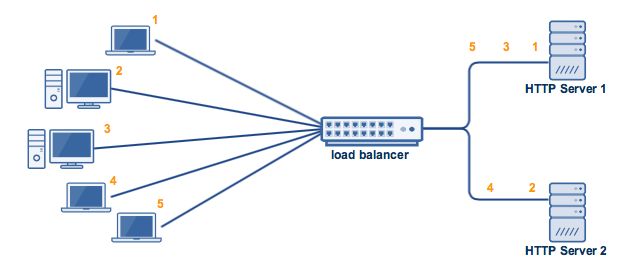The Architecture of High Availability (HA)

The architecture of high availability (HA) systems is designed to ensure continuous and reliable operation by minimizing downtime and providing redundancy. Achieving high availability involves a combination of hardware, software, and operational strategies. Here are some key components and considerations in the architecture of high availability systems:
-
Redundant Hardware:
- Servers: Deploy multiple servers to distribute the workload and provide failover capabilities.
- Storage: Use redundant storage systems, such as RAID configurations, to prevent data loss in case of disk failures.
- Networking: Implement redundant network components, such as multiple network interfaces and switches, to ensure continuous connectivity.
-
Load Balancing:
- Distribute incoming traffic across multiple servers to prevent overloading any single server.
- Load balancers monitor server health and direct traffic to healthy servers, contributing to optimal resource utilization.
-
Clustering:
- Create clusters of servers that work together as a single system, with automatic failover capabilities.
- Clusters ensure that if one server in the cluster fails, another can take over seamlessly, maintaining service availability.
-
Failover Mechanisms:
- Implement automated failover mechanisms to redirect traffic or workload to a backup or standby system in the event of a failure.
- Rapid detection of failures and quick response are essential components of an effective failover strategy.
-
Data Replication:
- Use data replication techniques to create copies of critical data on multiple servers or storage systems.
- This ensures that if one copy becomes inaccessible, another copy can be used, maintaining data integrity and availability.
-
Virtualization:
- Virtualization technologies allow the creation of virtual machines or containers that can be easily migrated between physical servers.
- Virtualization facilitates resource optimization, scalability, and easier management of high availability configurations.
-
Monitoring and Alerting:
- Implement robust monitoring systems to continuously assess the health and performance of components.
- Automated alerting mechanisms notify administrators of potential issues, allowing for proactive intervention.
-
Recovery Procedures:
- Develop well-defined recovery procedures to quickly bring systems back to normal operation after a failure.
- This includes data recovery, system restoration, and testing procedures to ensure the effectiveness of the recovery process.
-
Geographic Redundancy:
- Establish geographically redundant data centers or server locations to mitigate the impact of regional disasters or outages.
- Geographic redundancy provides an additional layer of protection against widespread disruptions.
-
Scalability:
- Design systems to scale horizontally by adding more servers or resources to accommodate increased demand.
- Scalability ensures that the system can handle varying workloads without compromising performance.
-
Security Measures:
- Incorporate security measures to protect against both physical and cyber threats.
- Secure access controls, encryption, and regular security audits contribute to the overall reliability of the system.
High availability architectures are often customized based on the specific requirements of the applications or services they support. Regular testing, maintenance, and ongoing monitoring are critical to ensuring that high availability measures remain effective over time.
Thank you.
